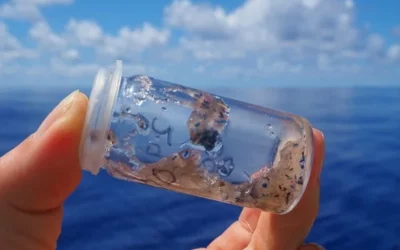Pollution in the United States has been a significant concern, impacting air, water, and land. According to the United States Environmental Protection Agency (EPA), in 2019, the total emissions of greenhouse gases amounted to approximately 6.6 billion metric tons of carbon dioxide equivalents. This marked a slight decrease from the previous year, primarily due to a reduction in emissions from electricity generation. However, transportation remained the largest source of these emissions, accounting for 29% of the total. The EPA also highlights that methane, a potent greenhouse gas, contributed to about 10% of the emissions, with a significant portion coming from the agricultural sector (U.S. Environmental Protection Agency, 2020).
Water pollution is another critical issue. The National Water Quality Inventory, reported by the EPA, states that 46% of the nation’s rivers and streams and 21% of its lakes are polluted. These bodies of water are impaired by pollutants like mercury, phosphorus, and nitrogen, largely stemming from agricultural runoff, industrial discharges, and wastewater treatment plants. Furthermore, the inventory reveals that approximately 23% of the surveyed bays and estuaries in the U.S. are also categorized as polluted, affecting aquatic life and posing risks to human health (U.S. Environmental Protection Agency, 2020).
Land pollution, primarily through waste generation and disposal, is equally troubling. The EPA’s data shows that in 2018, the U.S. generated about 292.4 million tons of municipal solid waste, approximately 4.9 pounds per person per day. While 32.1% of this waste was recycled or composted, a significant portion ended up in landfills, contributing to land pollution and greenhouse gas emissions. Additionally, hazardous waste from industrial and household sources further exacerbates land pollution issues. These statistics underscore the need for robust policy measures and sustainable practices to mitigate pollution across various fronts in the United States (U.S. Environmental Protection Agency, 2019).
References
U.S. Environmental Protection Agency. (2019). Advancing Sustainable Materials Management: 2018 Fact Sheet. https://www.epa.gov
U.S. Environmental Protection Agency. (2020). Inventory of U.S. Greenhouse Gas Emissions and Sinks. https://www.epa.gov
U.S. Environmental Protection Agency. (2020). National Water Quality Inventory Report to Congress. https://www.epa.gov





